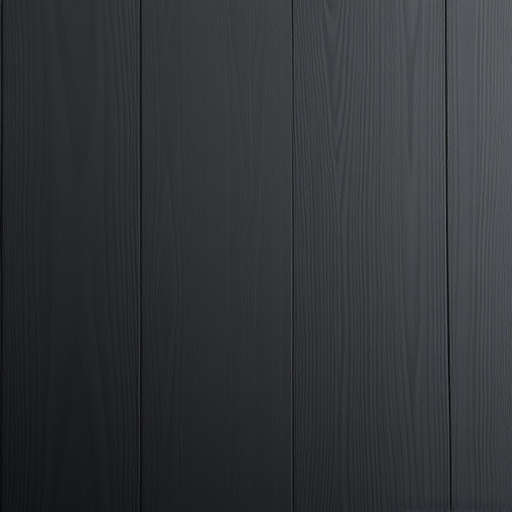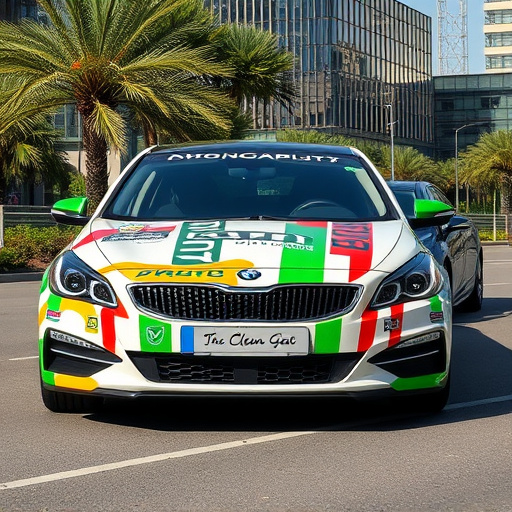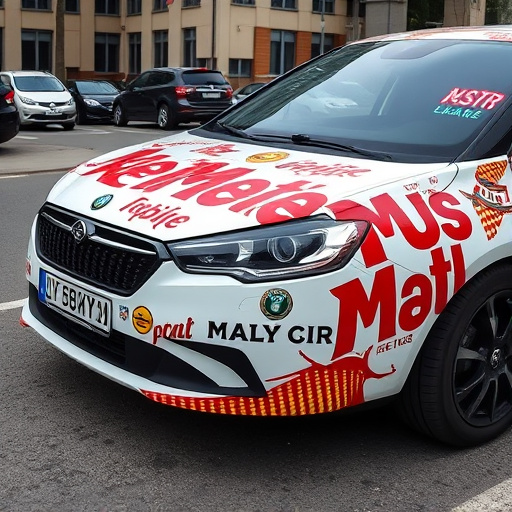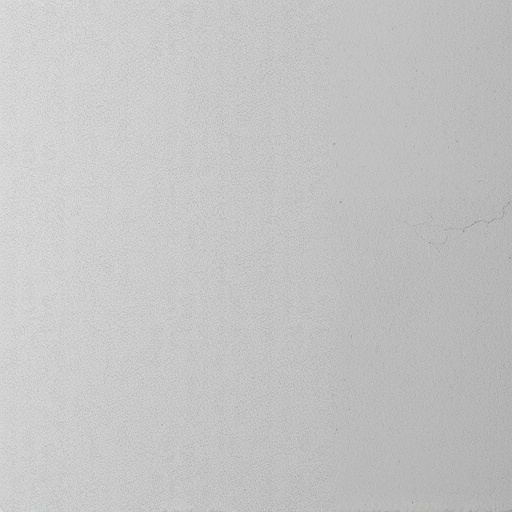Successful racing stripes installation requires understanding vinyl's heat sensitivity to prevent warping and brittleness. Premium services recommend ceramic coatings or paint protection film as buffers against extreme temperatures. Heating aids application by melting vinyl for even adhesion and increasing flexibility, but excessive heat can lead to long-term damage, voided warranties, and safety risks. Exploring alternative methods is advised for durable, aesthetic vehicle modifications.
Considering heating your vinyl during racing stripes installation? It’s a crucial decision! First, understand that not all vinyl is created equal. Composition and heat sensitivity vary. Next, weigh the pros: heated application can improve adhesion and minimize bubbles. However, cons include over-heating risks like warping or discoloration. This guide explores both sides to help you navigate the process safely and effectively for flawless racing stripes installation.
- Understanding Vinyl Composition and Heat Sensitivity
- Pros of Heating During Racing Stripes Installation
- Cons and Risks of Applying Heat: What to Avoid
Understanding Vinyl Composition and Heat Sensitivity

Understanding the composition of vinyl is key to successful racing stripes installation. Unlike traditional paint, vinyl is a flexible material composed of various plastic polymers and additives designed for durability and longevity. However, this flexibility also means it’s sensitive to heat. Excessive heat can cause the vinyl to become brittle or warp, leading to unwanted bulges or even cracking during application.
When considering whether to heat vinyl during racing stripes installation, it’s crucial to understand its heat sensitivity. While some forms of vinyl may be more durable against heat than others, a general rule is to avoid direct, intense heat sources. Premium automotive services often recommend using ceramic coatings or paint protection film as a layer between the vinyl and extreme temperatures. These protective layers not only enhance the overall look but also act as a buffer during installation, ensuring your racing stripes remain intact and vibrant for years to come.
Pros of Heating During Racing Stripes Installation

Heating during racing stripes installation offers several advantages that can significantly enhance the process and final outcome. For one, it facilitates a smoother application by melting the vinyl slightly, allowing it to adhere more evenly to the surface. This is particularly beneficial for complex vehicle wraps or those with intricate designs, ensuring no bubbles or wrinkles form beneath the stripes. Moreover, heating improves the flexibility of the vinyl material, making it easier to navigate around curves and edges on a car’s body without tearing or cracking.
This technique also plays well with other popular vehicle enhancements like window tinting and ceramic coating. In fact, many professionals in the custom vehicle wraps sector swear by it as a game-changer when it comes to achieving crisp, long-lasting results. The heat helps lock down these protective layers, extending their lifespan and preserving the vehicle’s look over time.
Cons and Risks of Applying Heat: What to Avoid

While the heat can make vinyl installation easier during racing stripes application, there are several cons and risks to consider. Applying excessive heat can cause the vinyl material to warp or become brittle over time, leading to unsightly bulges or cracks. This is especially true for high-performance vehicles that experience significant temperature fluctuations. Moreover, improper use of heat might void warranties on both the vinyl wraps and the underlying vehicle paint, creating financial burdens for unsuspecting enthusiasts.
Additionally, hot surfaces can be a hazard during the racing stripes installation process, posing risks to installers’ safety. In the realm of automotive detailing and window tinting, where precision is key, heated vinyl can lead to accidental burns or damage to surrounding components. It’s crucial to remember that while heat might seem like a quick fix, it could result in long-term issues, making alternative installation methods worth exploring for those seeking both aesthetics and longevity in their vehicle modifications.
When considering whether to heat vinyl during racing stripes installation, understanding the material’s composition and heat sensitivity is key. While heating can improve adhesion and enhance the installation process, it’s crucial to balance this with potential risks like warping or fading. By weighing the pros and cons, you can make an informed decision for a successful and durable racing stripes application, ensuring your vehicle maintains its aesthetic appeal over time.














